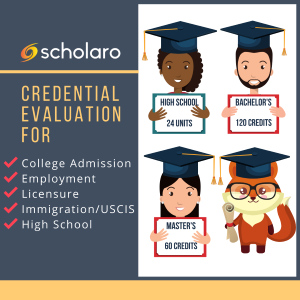India's higher education system is the third largest in the world, comparable to only China and the United States. The institutions of higher education in India are supervised by State and Union governments and private agencies. Colleges generally receive some level of academic and facility maintenance support from State and Union governments. Colleges are heavily governed by the legislation of individual State Governments, which results in an inconsistency in the quality of education and the provision of academics, including the availability of high quality teachers.
Promising and positive changes are expected in the redistribution of power from the control of India's colleges being under the direct control of the individual governments to oversight being the responsibility of one supervising body. These changes will most likely be the result of the educational reform plans of Kapil Sibal, India's Union Minister for Ministry of Human Resource Development. Currently, the Central Advisory Board of Education is the supervising body; however its structure is very weak and is rooted in the traditional educational ideologies of India. India's education reform initiatives will focus on the implementation of more progressive teaching methodologies and academic structure.
The University Grants Commission is a group formed by the Union government to provide funding for universities and colleges that are recognized as formal educational institutions of India. They also establish accreditation for higher education through 12 self-governing institutions established by the University Grants Commission. In 2009, Sibal publically announced charges of corruption, bribery and inefficiency against the University Grants Commission and discussed the government's plans to shut them down. The group has the responsibility to appoint teachers for higher education positions.
India's high education system implements a structure that is very similar to post-secondary education in the United States. Students who complete 12 years of primary and secondary education are eligible for application to post-secondary education. The structure of India's higher education plan is completion of a three year program in which a student earns a Bachelor's of Arts and Science, followed by a four year program that focuses on professional studies in a specific discipline. Students are then able to attend an additional two years of study to earn a Master's degree. A doctorate degree requires three years of study beyond the Master's degree, but typically requires more time for independent research and study.
There are many certificate and postgraduate diploma programs available to graduate students. As a prerequisite some graduate programs like Medicine, Law and Education require completion of a degree program prior to admission. India has shown an emphasis on developing highly skilled educational programs in science and technology. Additionally, India has made significant gains in providing highly skilled programs in the area of medicine and agriculture. As a result of their increased focus on developing highly skilled professionals, India has been globally recognized for the high levels of educational standards in their Institutes of Technology.
India has a number of postsecondary institutions that are world renowned for their competitive academic programs. However, India also struggles with fly by night, unaccredited, private institutions that offer students from rural and suburban areas poor quality programs that focus on making easy money through questionable practices. Government officials are working to eliminate these institutions.
Higher education reform is crucial to the success of India's economy and the education of their population. It is estimated that approximately 8 to 9 million people enter India's work force annually. In 2009, a study completed by the World Bank identified 44% of India's labor force is illiterate, only 17% of the work force has completed secondary education programming and the enrollment in higher education is approximately 11%. Additionally, the quality of graduates is poor and the opportunity for additional on the job training is sparse.

